In the past, a traveler who is going to see Ise Shrine,
It was supported
To “enforcement” of Ise people who provide
Rice balls, baths, water, straw etc.
If you put a dipper
At the end of Gosa rolled into a tubular shapeThat’s why “Going on a pilgrimage to Ise” is called “Thank you pilgrimage”
Beginning around the power spots, the number of people going around shrines and temples has increased, and there are also many nice stampbooks (to collect red ink stamps at shrines) in recent years. Among them, I think that there are many worshipers in particular “Ise Jingu (Shrine)”, I also love it.
Japanese seemed to like traveling from long ago, and 6.5 million people visited Ise in the period from 1700 to 1800’s. It is said that Edo period, one in seven people went to Ise-sama.
It took ten days from Tokyo to Ise and 500,000 yen was necessary. There were also checking stations, so it was like a travel abroad now. Still, going to Ise was a fun once in a lifetime for the Edo people.
And I think that it is a wonderful culture that travelers were welcomed by local people to be offered meals, a bath, a waraji (shoes) etc in Ise which arrived at the end of a difficult course. Even now, “Okage yokocho (street)” is crowded and Ise people welcome us.
“Welcome to Ise”
“Thanks to you I was able to come. Thank you”
It was a story that is said to be “Okage Mairi”. *Okage-sama = Thanks to you
*Today’s main image is “Ise-Sangu / Miyagawa no watashi” by Hiroshige Utagawa. There are some people who have dippers





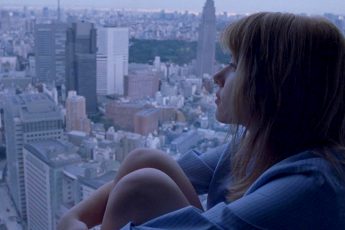
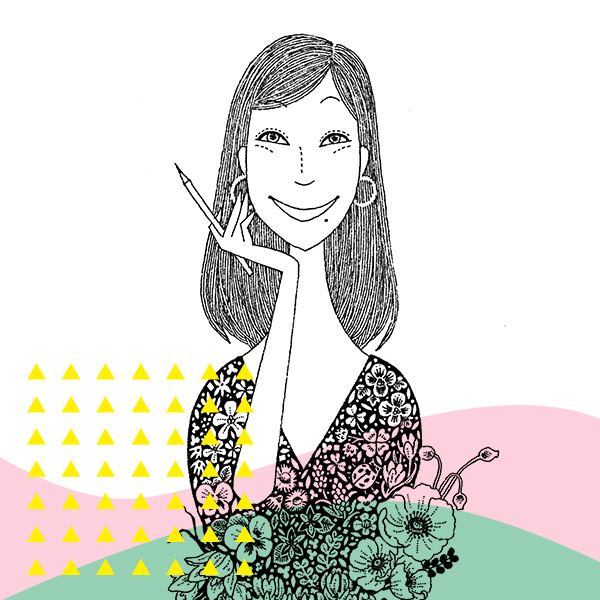


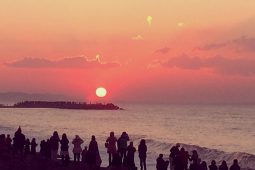
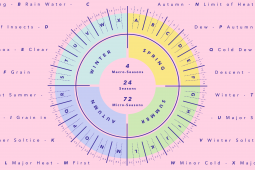
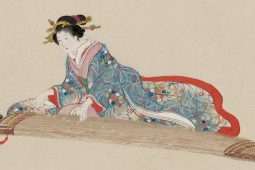

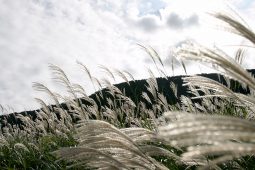
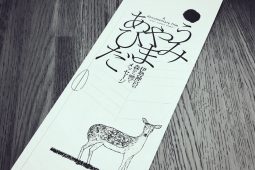

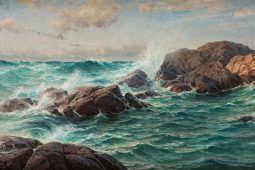
Leave a Comment